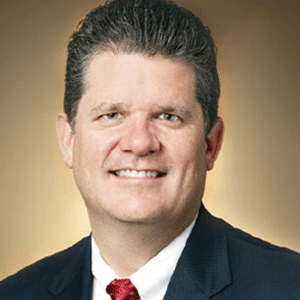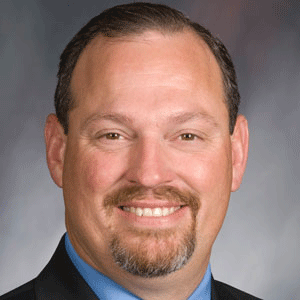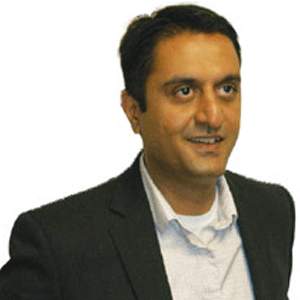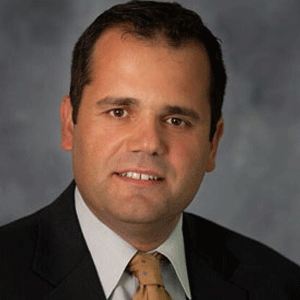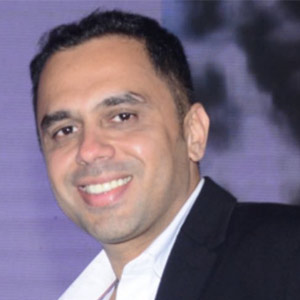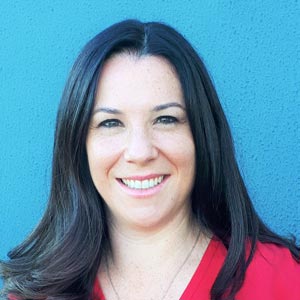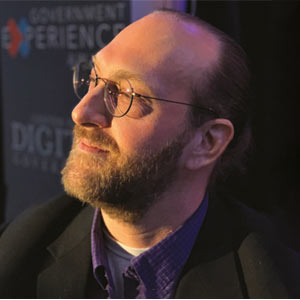THANK YOU FOR SUBSCRIBING

Dan Hausman,
With enormous pressure to generate better performance such as novel approved drugs and diagnostics from research and development investments, pharma Informatics
IT teams are challenged to get more productivity from knowledge workers. The result is a wave of collaboration including new partnership models with academic medical centers, new standards, open source projects, commercial tools and cloud services. Organizations are navigating these options to leverage external innovation without sacrificing the reliability and competitive advantages normally found in commercial software licensing arrangements.
Why is Collaboration with Health Systems such as AMCs and Peers so Important?
Patient care is going through a sea of change marked by low cost genomics, mobile computing and new reimbursement models. Increasing preferences from patients and providers are intensifying the scrutiny around the value of each drug from a cost and outcomes/benefit perspective. But drug companies don’t manage the framework for patient care outside of clinical trials. So obtaining a window into the “Real World Evidence” where patients are treated is difficult. The vast data collected about patient responses to therapies lives in the medical records, administrative data and experiences collected in health systems and public applications. So collaboration with health systems and information aggregators with access to detailed data is an imperative to generate potential knowledge.
The methods needed to analyze this data are complex. They include resolving problems such as consistent classification of observations to define medical concepts like ‘what is diabetes?’ and defining exposure time frames relative to observations like lab results. Furthermore, the statistics to handle inherent biases in data such as propensity matching requires sound epidemiological methods. So collaboration, as is often true when science is needed, is a key route to achieve scale and cost savings in R&D IT.
The Rise of Open Source R&D Informatics Standards The NIH and FDA have funded multiple successful initiatives to create open source projects around organizing medical data in structures that enable collaboration and interoperability.
The i2b2 project (Informatics for Integrating Biology and the Bedside) was adopted over the past 10 years in academic medical centers across the United States. The i2b2 software generates ad-hoc queries against patient data to count patients’ matching criteria and also allows for federated queries across medical centers. An example i2b2 network is a University of California effort that links the five major universities (UCLA, UC Davis, UC San Francisco, UC Irvine, and UC Santa Cruz) allowing a researcher at any of the sites to make a query across the
In 2009 the i2b2 project was adapted for use in pharmaceutical organizations by Jannsen to produce an internal system called tranSMART. This system was transitioned into an open source project in 2012 to allow for collaboration between academic researchers and life sciences organizations. The tranSMART software allows analysis of clinical trial data and queries molecular markers in mRNA and sequencing data. The open model has allowed groups to leverage the software and add to it across multiple institutions. Jannsen, Pfizer, Takeda and Sanofi have adopted and extended the tools. Recent extension contributions have included new ways to search GWAS (Genome Wide Association Studies), cross trial analysis and an interactive genome browser.
"Drug companies don’t manage the framework for patient care outside of clinical trials. So obtaining a window into the “Real World Evidence” where patients are treated is difficult"
The OMOP (Observational Medical Outcomes Project) standards were being established as a parallel effort at the FDA. OMOP structures data from health plans and EMRs for standardized analysis methods. Shared methods reduce the effort for analyzing observational data to identify signals such as statistically relevant adverse events. Most major life sciences organizations have chosen OMOP as an approach to tame the beast of data acquired from health systems to convert licensed data sets from a variety of sources.
Handling the Challenge of Open Source and Open Standards The challenge of these open innovation projects are that— unlike commercial software they are not delivered with a commercial support model and road map from a single vendor with an eye towards regular investment to improve and support the product following adoption. So for an IT organization in pharma that is used to a conservative mindset driven by tight compliance constraints they represent a risky investment. Furthermore, many organizations already own commercial analytics tools and commercially licensed data sets that need to be analyzed in order to establish a fully functioning system that meets end-user demands.
Commercial products and services build upon the concept of open innovation by adding with reliable support contracts and extended features offered through familiar enterprise analytics tools like Spotfire, Business Objects, Qlikview and Netezza. The ecosystem of commercial open source services and packaged software that extends tools provides the advantage that buyers can mandate compatibility with open standards and open tools then choose among the service providers based on specific expertise, project requirements or prior experience with the vendor. The open frameworks of i2b2, tranSMART and OMOP combined are the equivalent of mobile phone app stores but instead the app store focuses on solving key usencases for epidemiology, bioinformatics and health economics.
For example—Qlikview provides a set of capabilities for data visualization that are not open source but provide an easy way for scientists and biostatisticians to visualize patient data.
As a visualization tool with slice and dice viewing of large data sets packaged commercial Qlikview dashboards can wow end-users in comparison to the limited capabilities in the open source free visualization utilities. ConvergeHEALTH by Deloitte, this year, has used Qlikview to produce a commercial software package called PrecisionMiner that offers interactive visualizations to highlight variations that drive outcomes. PrecisionMiner leverages data in supported i2b2, tranSMART and OMOP open source tools. The offering is provided in a cloud subscription model through a web based interface to enable life sciences teams to access the rich information from participating provider organizations without exposing underlying data in raw forms. The tools are also offered as on premise installations to analyze local data sets. Having this full set of tools integrated will allow the next generation of data scientists to ask new questions regarding whether signals identified in clinical trials are also true in real world data sets and to validate findings located in messy observational data sets within the more precise data collected during clinical studies.
What’s Next?
R&D IT initiatives are echoing life science organizations working to externalize innovation processes and engage more closely with collaborators. The resulting open source software options are rapidly maturing and moving towards standards to reduce interoperability challenges. Commercial offerings provide a sustainable model with continuous investment into extension and performance that is needed to accomplish advanced uses. Pharma teams that master this new model will spend less time and resources building and integrating data and more time answering difficult questions about medicine.
Weekly Brief
I agree We use cookies on this website to enhance your user experience. By clicking any link on this page you are giving your consent for us to set cookies. More info
Read Also
Artificial Intelligence - Myths And Truths
Sustainable Future through Innovative Technology Solutions
The Future Relies on Augmented AI
Digitalization with the use of digital technologies/Improving business through digital technologies
How Marco's Pizza Leaned On Technology To Succeed Amid The Pandemic By Quickly Pivoting To Contact-Free Delivery And Curbside Carryout
Bunnings Diy Digital Transformation
For a Smarter City: Trust the Data, Ignore the Hype
Smart Community Innovation for the Post Pandemic



